This is all about Nijō Castle Ruins you want to know.
Every information you get on this site will be from a credible source based on Japanese history (books for reference).
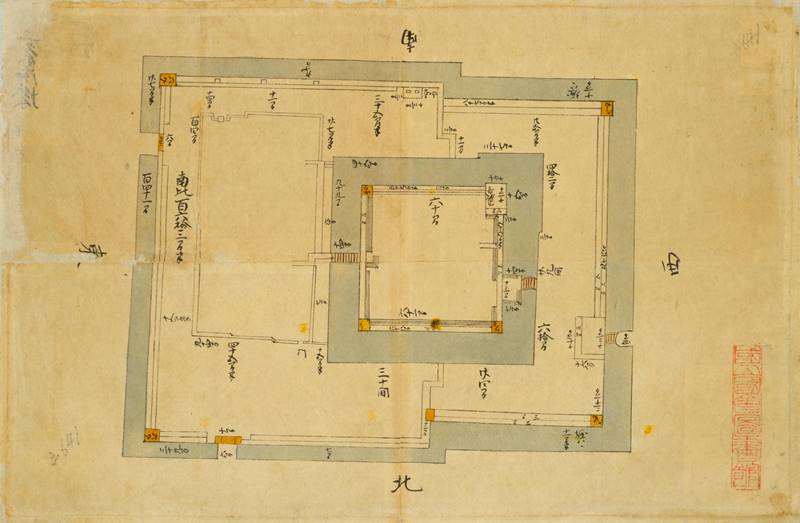
Collected by the Inagaki family, the Toba Daimyō from the mid-Edo period to the Meiji Restoration, as materials for military studies. There are about 350 illustrations, but there is no uniformity because only illustrations of castles, illustrations including castle towns, and old battlefield illustrations are mixed.
Another typical example of a castle picture in the Edo period is "The Shōhō Shiroezu", picture of the castle and castle town that the Edo Shogunate ordered the daimyō to create and submit,aggregating military information such as the buildings inside the castle, the height of the stone wall, the width of the moat and the water depth, etc., it also details the location and shape of the castle town and the mountain river.

Profile : Nijō Castle Ruins
| Location | Kyoto City, Kyoto Prefecture |
| Also known as | ー |
| Type of castle | Flatland |
| Mountain's name | ー |
| Elevation | ー |
| Condition | Ruins |
| Designation | World Cultural Heritage Sites National Treasure National Important Cultural Properties National Historic Sites National Special place of scenic beauty |
| Year built | 1603 |
| Abolished | 1873 |
| Castle lord | Tokugawa Ieyasu |
| Refurbishment lord | Tokugawa Hidetada, Tokugawa Iemitsu |
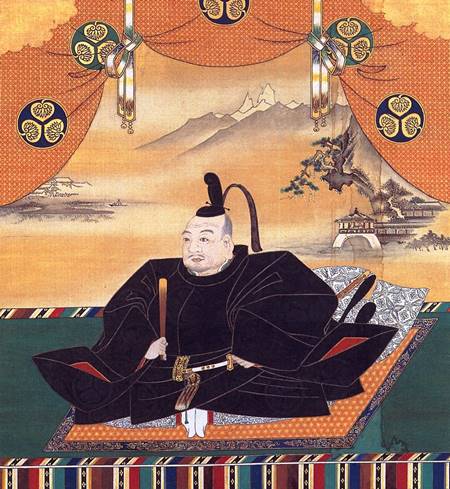
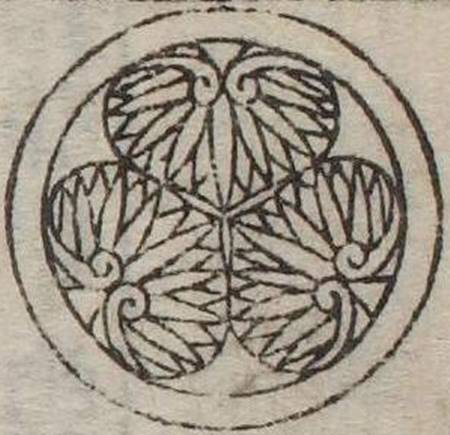
adapted from "Classical Japanese National Data Set" (Kokubunken Collection)
The family crest was originally created from the pattern that the emperor and the royal family put on the kimono, and the pattern was made into a fixed pattern, and the one attached to his own oxcart is said to be the beginning of the family crest. The warlords drew large crests on the flag-fingers, used to distinguish enemy views on the battlefield, and used by the generals to determine which warlords were active and how much.
Nijō Castle admission
admission fee : 1030yen (Adult : included fee of Ninomaru Palace ) 350yen(over junior high school students) 200yen(elementary school students)
admission time : am8:45-pm4 (castle) am8:45-pm4:10(Ninomaru Palace)
summer (July1-August 31) : am8-pm5 (castle) am8:45-pm5:10(Ninomaru Palace)
closing period : December 29 - 31(castle) every Tuesday on January, July, August, and December December26-28 January1-3 reference official site
Nijō Castle Google Map
Nijō Castle Images
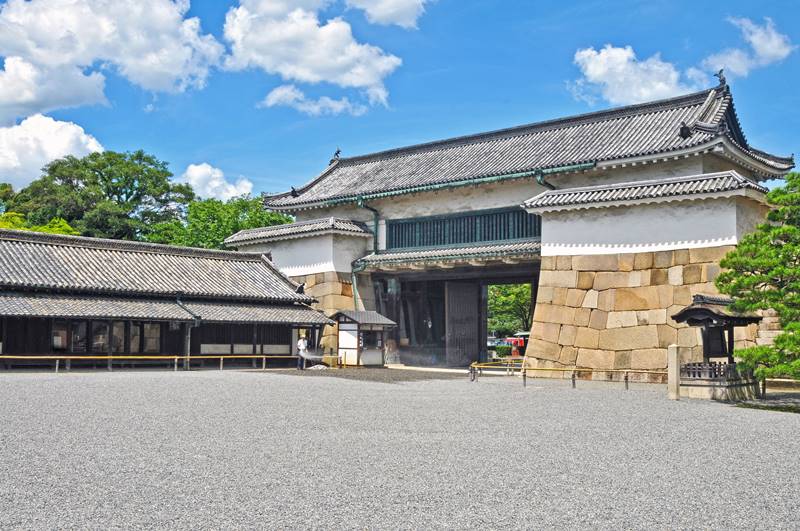
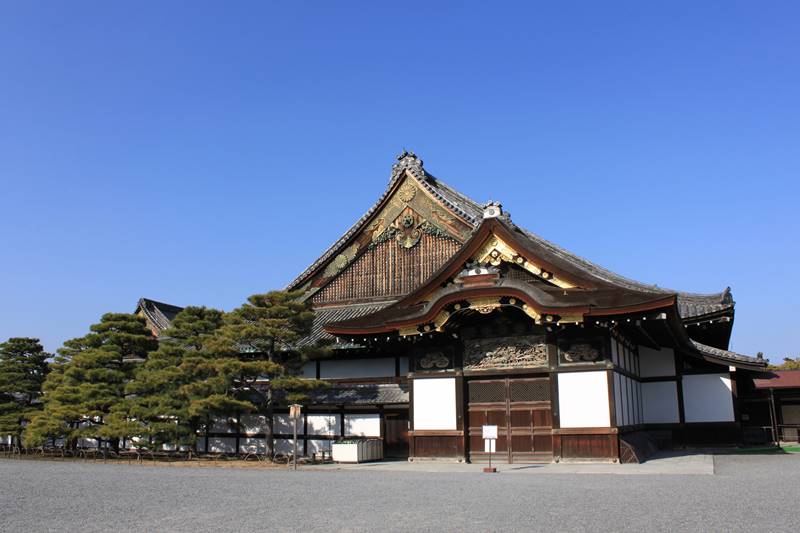
Designated as a national treasure, It has a particularly high historical value. The architectural style, the carriage porch, the hall, the Kuroshoin, the Shiroshoin, the Nagaya and the Samurai Shoin are completely preserved. It is also a gorgeous Momoyama Period building with many treasures, murals and sculptures.
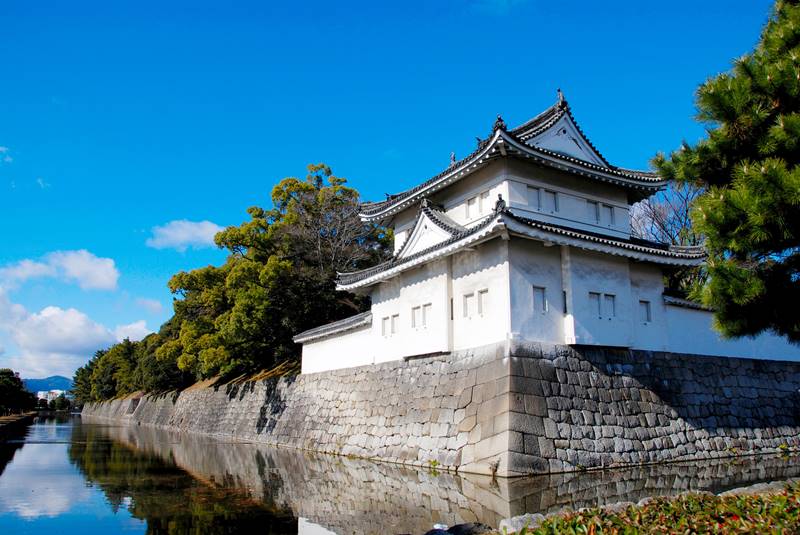
The main keep was destroyed by a lightning strike in 1750. After that it was not rebuilt.
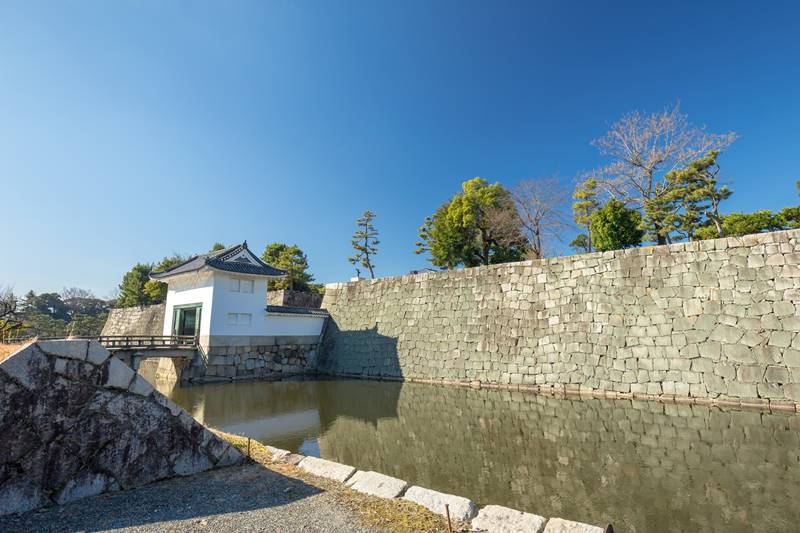

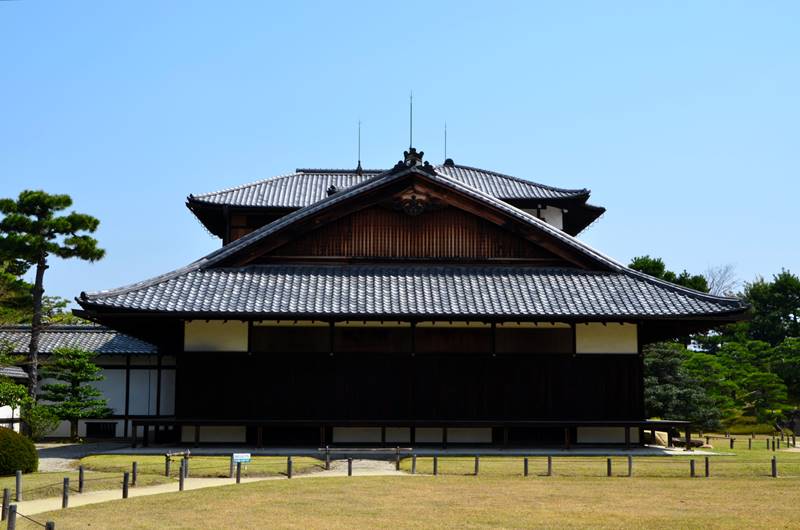
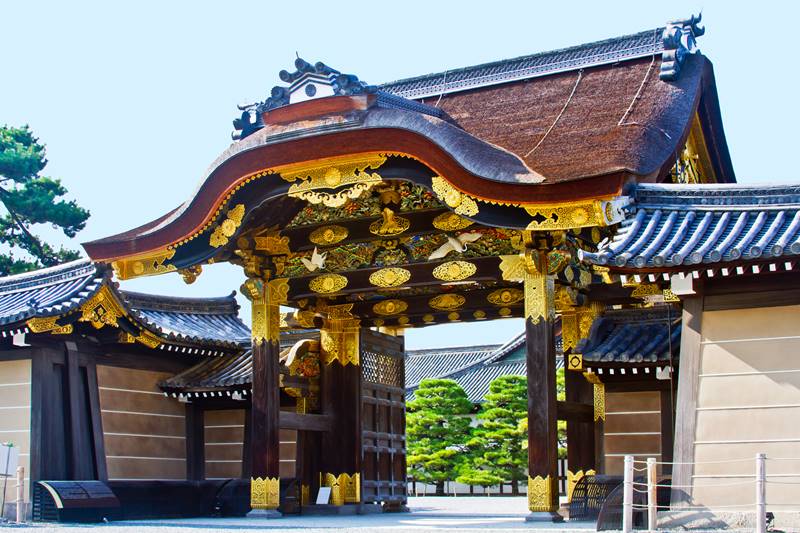


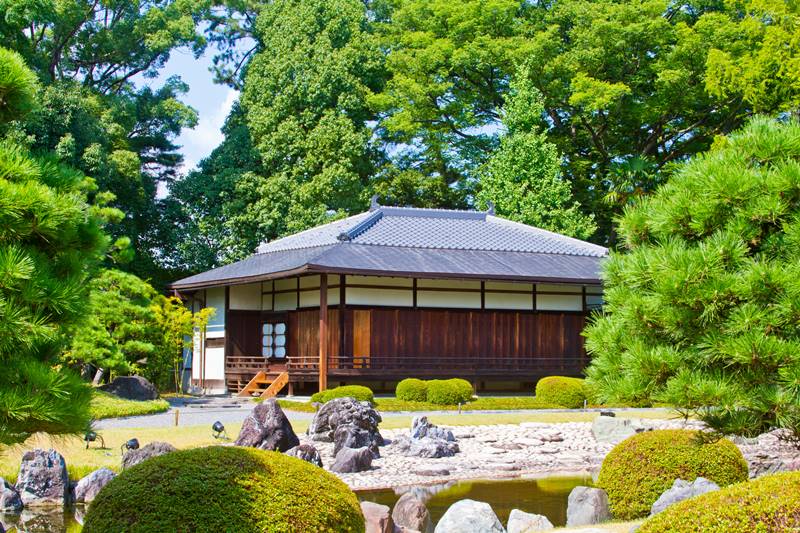

Tokugawa Yoshinobu was the 15th and last general of the Edo Shogunate. It was a big event at Nijo Castle that the inauguration of the general was held and that the shogunate was ended by repatriation. Indeed, it can be said to be one of the indispensable castles when talking about Japanese history.
Link-1 : World Heritage Sites
【south japan】Nakijin Castle 【south japan】Nakagusuku Castle 【south japan】Shuri Castle 【west japan】Nijō Castle
Link-2 : A castle closely related to [block]7[/block]
【east japan】Edo Castle 【central japan】Okazaki Castle 【central japan】Sunpu Castle 【central japan】Nagashino Castle 【central japan】 Nagoya Castle 【west japan】Ōsaka Castle 【west japan】Nijō castle
Link-3 : A castle designed by "Master of the castle" [block]14[/block]
【east japan】Edo castle 【west japan】Uwajima Castle 【west japan】Kōchi Castle 【west japan】Ōzu Castle 【west japan】imabari Castle 【central japan】Igaueno Castle 【west japan】Sasayama Castle 【west japan】Wakayama Castle 【west japan】Ōsaka castle 【west japan】Nijō castle
